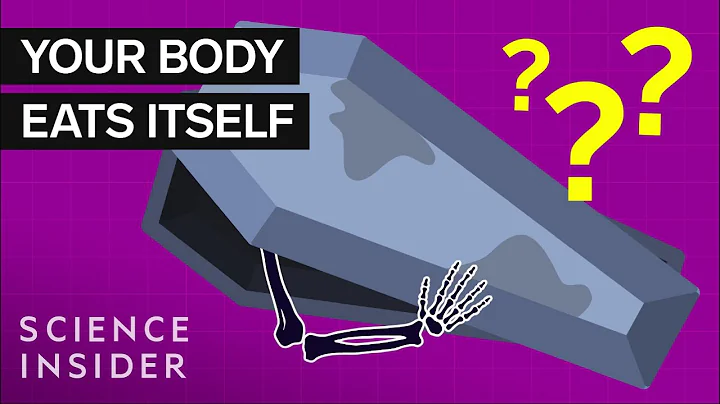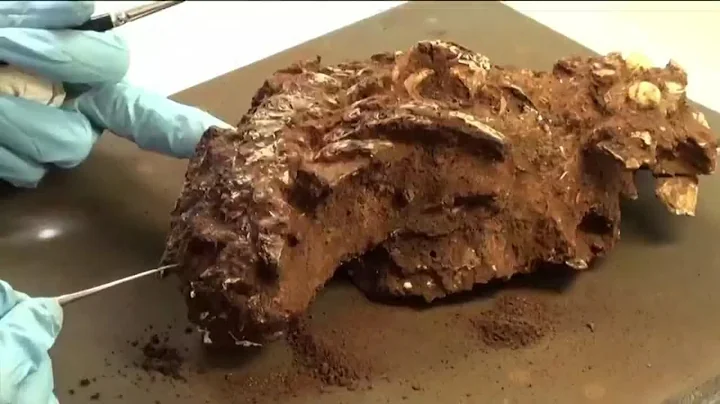
As we all know, human burial is a barbaric and backward burial system. Previously, it was roughly speculated that appeared in the early Yin and Shang of our country and died during the Kangxi period of the Qing Dynasty.
However, with the excavation of burial remains from the Dawenkou Cultural Site dating back 6,000 years. As shown in the picture, the leg bones of some of the corpses of the burial companions are obviously separated, indicating that the burial was extremely painful, and they were obviously buried alive.

More and more people believe that the burial system first appeared in the late primitive society, flourished in the Yin, Shang and Western Zhou dynasties, and tended to disappear from the Han Dynasty to the Song Dynasty. However, it began to recover from the early Ming Dynasty and did not truly withdraw from the stage of history until the middle of the Qing Dynasty.
Totem worship that appeared in the Paleolithic Age in primitive society is actually the earliest religious belief, accompanied by various sacrificial activities. With the continuous development of productivity, there was a surplus of food. During the period when Emperors Yan and Huang and Chi You were competing for hegemony, the system of burials and sacrifices also gradually emerged.
In the Yin and Shang Dynasties, with the development of cultural level and religious belief, people believed that the soul would continue to live in another world after the death of the body. In order to continue to use their wealth and power during their lifetime, slave owners and nobles would use human beings to bury them after death. Moreover, with the establishment of a set of ritual systems, this burial system has become increasingly clear and strict. According to "Mozi·Jie Ming":
The emperor killed hundreds of people and dozens of widows; generals and officials killed dozens of people and several dozen widows.
During the Warring States Period, , although the Qin State was rapidly rising in military power, it was still ridiculed by the Six Kingdoms of Shandong as a country of "cultural ignorance". During the period of Qin Xiangong, the burial system of sacrifice was first abolished in the Qin State. According to the records of "Historical Records":
In the first year of Xian Gong, death was stopped.

After Qin Xiangong passed away, his son Qin Xiaogong succeeded to the throne and continued to implement his father's policy of prohibiting living sacrifices. The subsequent Shang Yang Reform also adhered to this policy. Therefore, while the Six Kingdoms of Shandong continued to use living people for burial, the Qin State used terracotta warriors to replace living people. The most famous representative is the current " Terracotta Warriors and Horses ".

However, the actual implementation situation is not entirely like this. After the death of Qin Shihuang, in addition to a large number of pottery figurines buried with him, there were also a large number of martyrs. According to "Historical Records: The Chronicles of the First Emperor of Qin":
The second emperor said: "If the first emperor had no children in the harem, it would be inappropriate to leave." They were all ordered to die, and many people died. …. After the burial, it may be said that the craftsman was an opportunity, and all Zang knew it, and Zang Zhong was immediately released. After the great event, Zang Zang has closed Zhongxian, and the outer Xian gate has been closed. There is no one who can come back after closing the craftsman Zang.
It was only after the Han Dynasty that the living people were not allowed to be buried. However, with the arrival of the most decadent and darkest , the Ming Dynasty , the almost extinct living burial system was brought out again. Before Taizu Zhu Yuanzhang died, he asked almost all the concubines in the harem to be buried for him. . According to the "History of the Ming Dynasty":
Taizu died, and many people in the palace followed the deceased. When was founded in and in Yongle , families such as Zhang Feng, Li Heng, Zhao Fu, Zhang Bi, and Wang Bin all inherited the hereditary royal robes and guarded thousands of households. They were called "chaotian female households" and became ancestors and This is true for both Renzong and Xuanzong.

At the beginning of the founding of the country, Zhu Yuanzhang formulated a strict system for the harem to minimize the interference of eunuchs and concubines in politics. In particular, after the death of the crown prince Zhu Biao, he was worried that the young emperor's grandson Zhu Yunwen would not be able to control the people in the harem, so he simply restored the notorious burial system and wrote it into the "Huang Ming Ancestors " , requiring descendants to abide by it from generation to generation in order to strengthen the imperial power of the Zhu family. According to the "Wanli Yehuobian" record:
Taizu Xiaoling Mausoleum, where forty people were buried in the funeral of Fanfei. Only two people were buried in the mausoleum. Gai Hongwu died first.
That is to say, among the forty concubines and concubines who were buried, there were as many as thirty-eight living martyrs.Because these burials were so inhumane, they became a secret forbidden by the palace. They were rarely mentioned in the documents of the Ming Dynasty, but we can also get a glimpse of them from the "Records of the Li Dynasty":
and the collapse of the emperor, three palace people were buried On the day of their death, more than ten people were all laid out in the court at noon. They all raised their heads to the hall, and their cries shook the hall. They placed small wooden beds in the hall, and they stood on them. They put lanyards around them and put their heads in them. , then went to his bed, and they all died.
After Taizu Zhu Yuanzhang, Chengzu, Renzong and Xuanzong all continued to follow this cruel system, and it was not abolished until Ming Yingzong.
In 1464, the eighth year of Tianshun , Emperor Yingzong of the Ming Dynasty Zhu Qizhen issued an edict to the ministers on his deathbed, saying "I can't bear to look at it" and institutionally abolished the system of living burials. His successor emperor Ming Xianzong also emphasized before his death that no human beings should be buried alive, finally putting an end to the sinful human burial system since the Ming Dynasty.

However, because the Manchu are a nomadic minority living in the northeastern region of my country, and their social form is still in the transition stage from slave society to feudal society, they still continue to use the ugly custom of human burial. According to " Qing History Manuscript ":
Empress Xiaoci died and made (Abahai) the concubine... In August, (Nurhachi) became seriously ill, so he returned from the Taizi River by boat, summoned the concubine to welcome him, and entered the Hun River. Gengxu , Zhouci Jibu, Shang collapsed. In the year of 1911, the eldest concubine died at the age of thirty-seven.
After the deaths of Nurhaci and Huang Taiji, human sacrifices were carried out on different scales. However, the largest mass burial in the early Qing Dynasty occurred during the Shunzhi period. After the death of his favorite concubine Dong E, thirty maids and eunuchs were specially ordered to be buried for her, which exceeded the scale of living sacrifices in all previous dynasties in the early Qing Dynasty.

Until the Kangxi period, the imperial censor Zhu Fei wrote a memorial. According to the "Manuscript of the History of the Qing Dynasty":
A husband asks his slaves for his master's orders, either because he is afraid of power and dare not disobey, or because he is virtuous and cannot bear to disobey, neither of which can be done. training. Moreover, it is human nature to like life and hate death; sacrificing one's life and committing suicide is not something that should be done in a prosperous age.

In 1673, the twelfth year of Kangxi, the Qing government officially issued an edict prohibiting living burials. From then on, this burial system that violated human ethics truly withdrew from the stage of history.





















